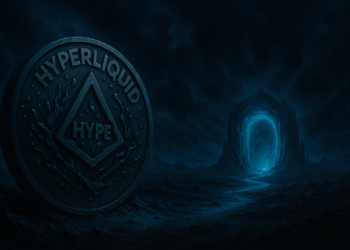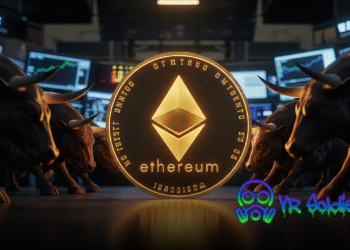The Ethereum network team deployed the Dencun hard fork on the Goerli test network. It should implement proposal EIP-4844.
Today, January 17, the developers of the second cryptocurrency network launched the Dencun hard fork on the Goerli testnet around 6:32 UTC. However, Tim Beiko wrote on X (formerly Twitter), the update could not be completed.
Participation is not great, but that was expected (see: https://t.co/aXssL2pn1f), but blobs are coming in. We’ve seen dozen of blobs live on the network so far (though most are empty!)
— timbeiko.eth ☀️ (@TimBeiko) January 17, 2024
And it seems like we have a chain split! Client teams are looking into it, but it’s likely to a while to pin down + fix the issues. Keep an eye out for updates!
— timbeiko.eth ☀️ (@TimBeiko) January 17, 2024
It is assumed that this could happen due to the synchronization of validators. About a fifth of customer operators have not updated their software, and It will take several days to fix the problem.
What will the blockchain update bring?
The hard fork includes several tools that are designed to reduce fees on the Ethereum blockchain. In addition, they should provide new opportunities for bridges and stabilization funds.
Dencun is also implementing proposal EIP-4844, known as “Proto-Danksharding”. It is designed to scale the network by creating a new transaction type to store more data. The developers expect that the update will reduce transaction fees in second-level (L2) networks based on roll-up technology.
To further reduce fees and increase transparency, proposals EIP-1153 and EIP-4788 are provided, which are also included in the upcoming hard fork.
The update will initially launch on the Goerli test network. It will then be deployed to Sepolia and Holesky within two weeks. If all stages are successful, Dencun will appear on the mainnet in February. At the same time, the developers previously assumed that the hard fork would take place before the end of 2023.
Shapella brought positive results
In April of this year, the long-awaited Shapella update was deployed on the blockchain of the second cryptocurrency. The hard fork gave users the opportunity to become validators, confirming transactions on the network. As a result, more people began to participate in the consensus mechanism, thereby contributing to the security and efficiency of the Ethereum network.
The main feature of Shapella was the output function protocol. In the two months since the update was activated, validators withdrew 3.01 million ETH worth more than $3 billion from staking. Participants in the crypto community assumed that this dynamic would continue. However, by mid-October, the total value of the LSDFi sector increased by 5.870% to $919 million.
The launch of the hard fork on the Goerli testnet is part of a three-phase approach to implementing Dencun with proto-dunk sharding technology. It is designed to reduce the cost of gas in L2 networks and scale the blockchain by increasing the space for storing data blocks.












